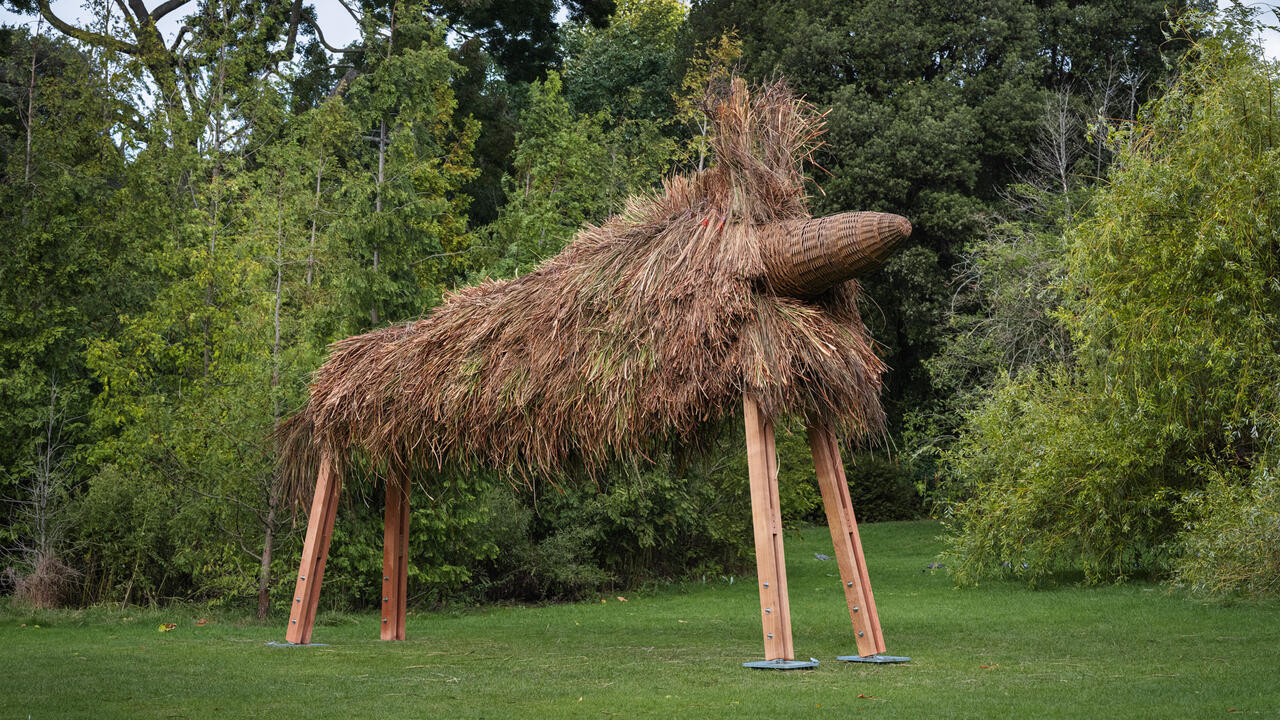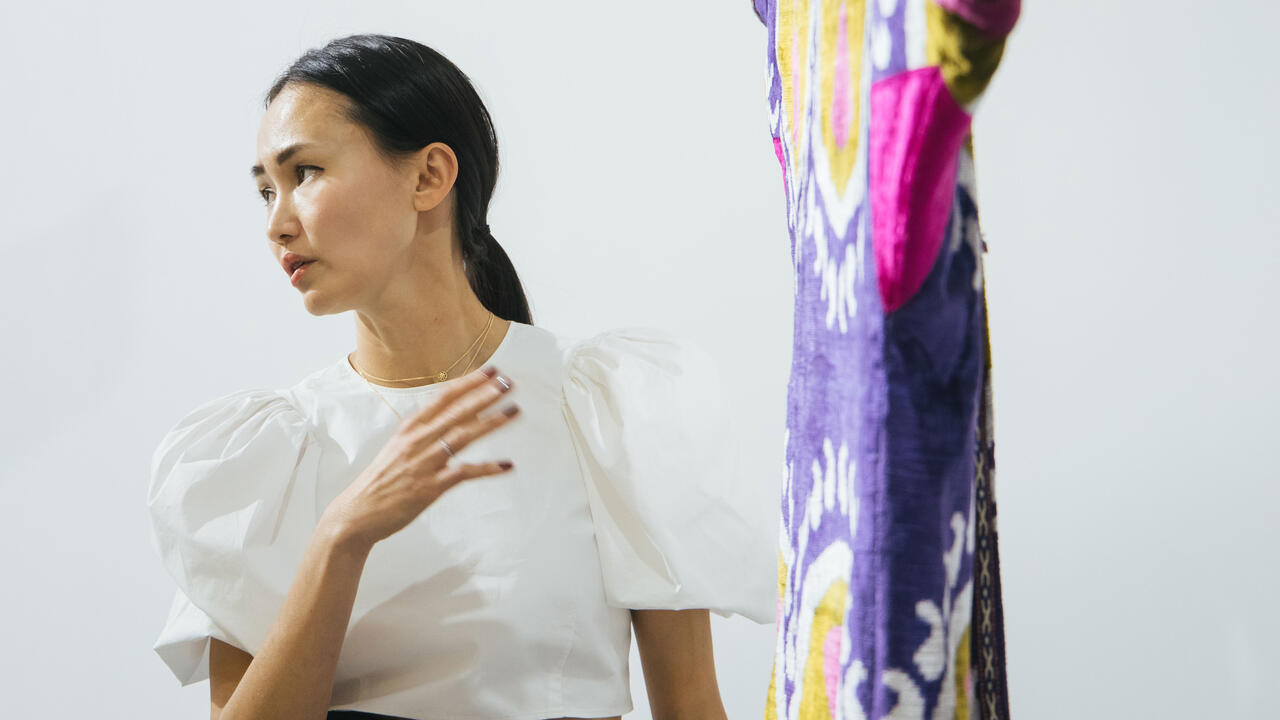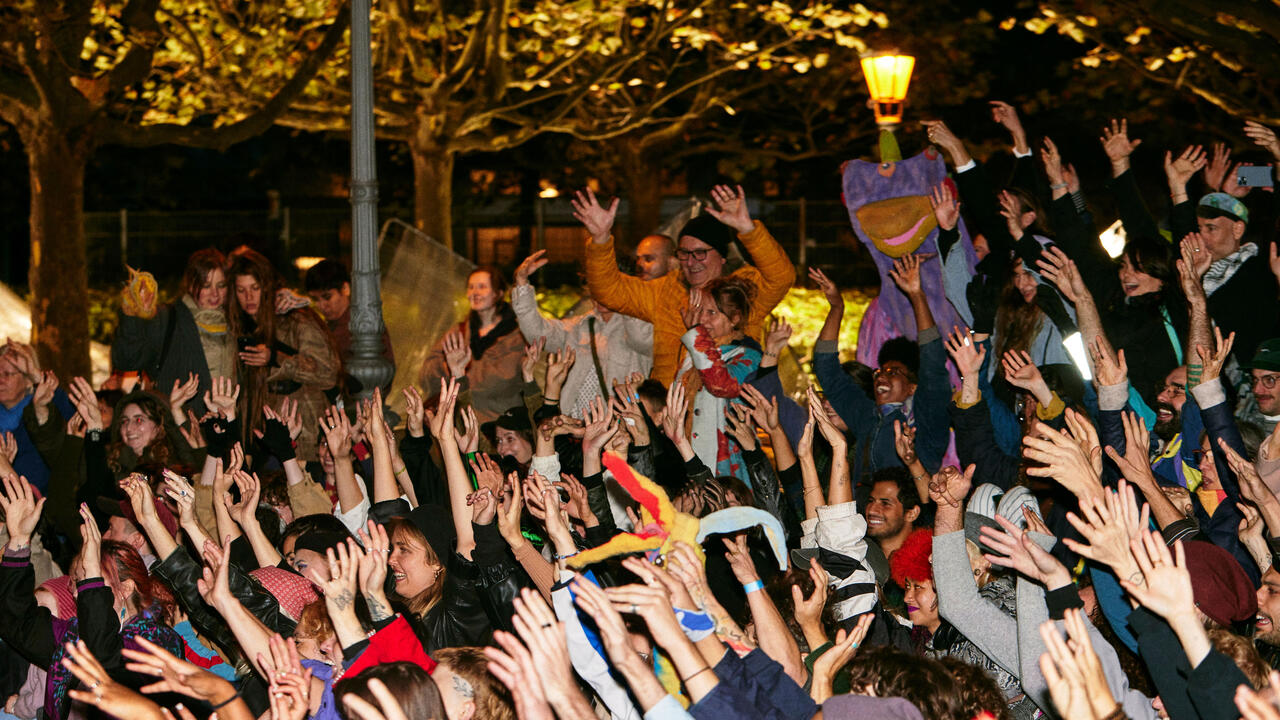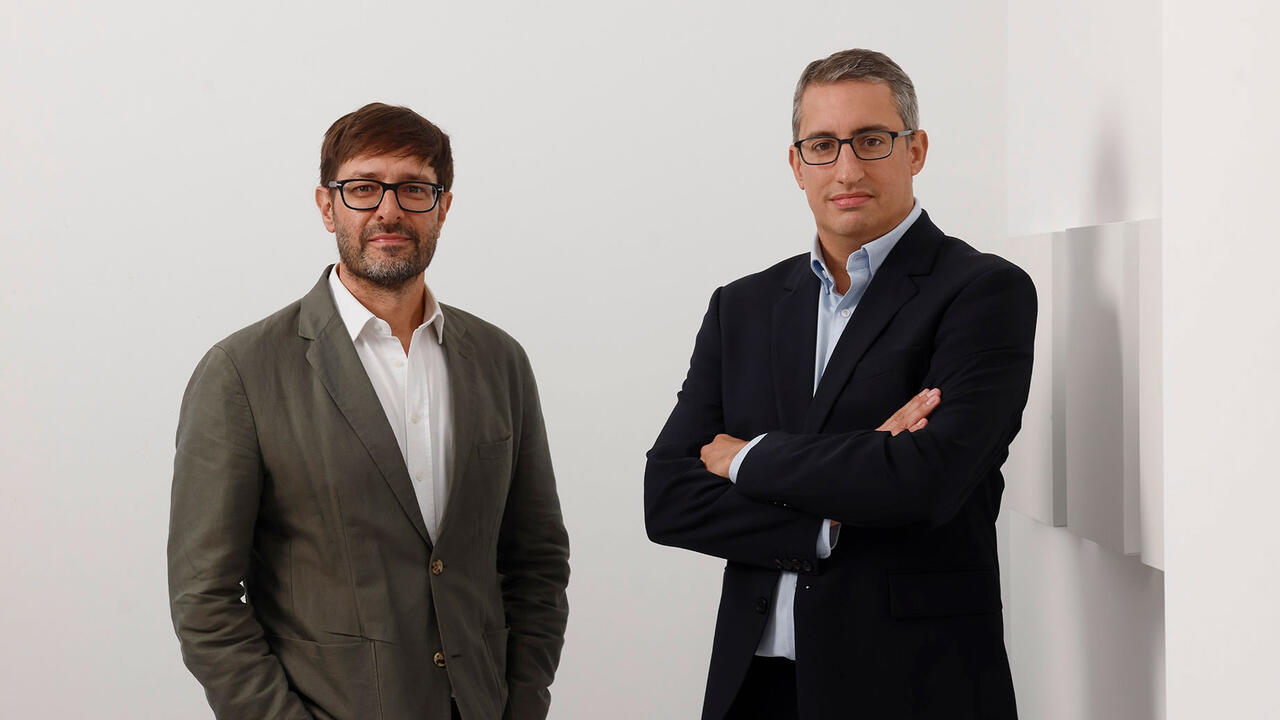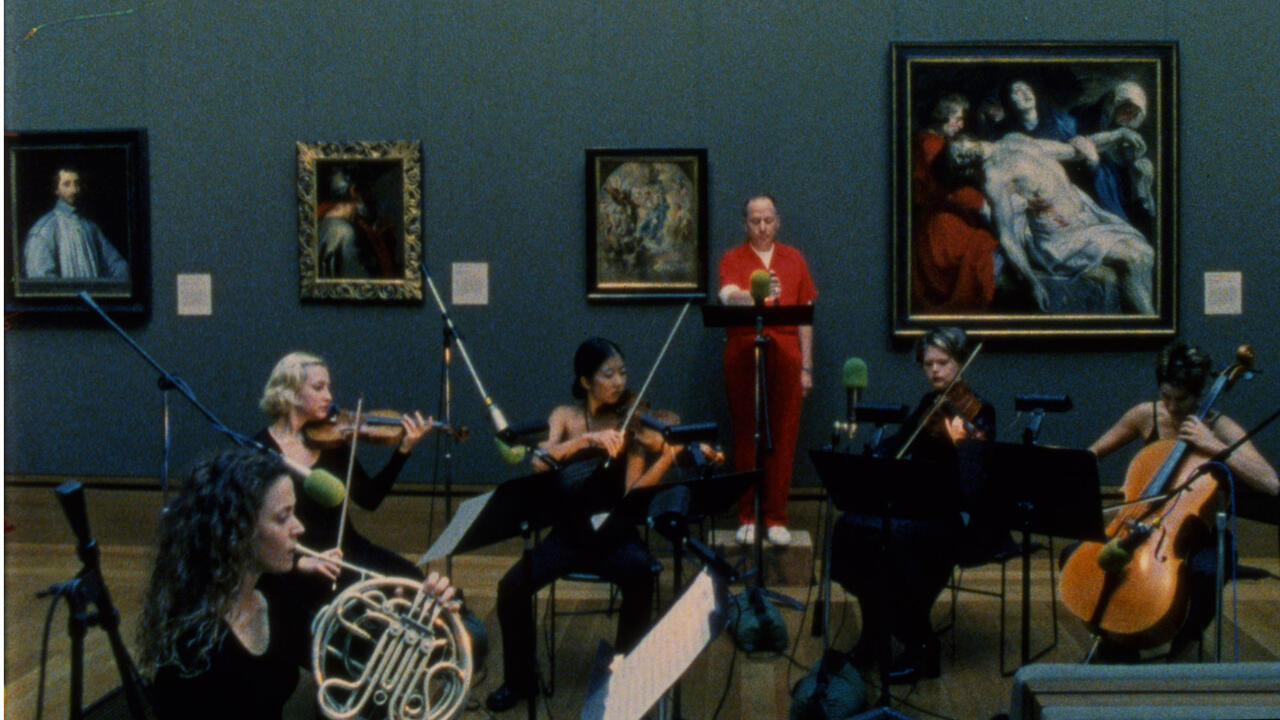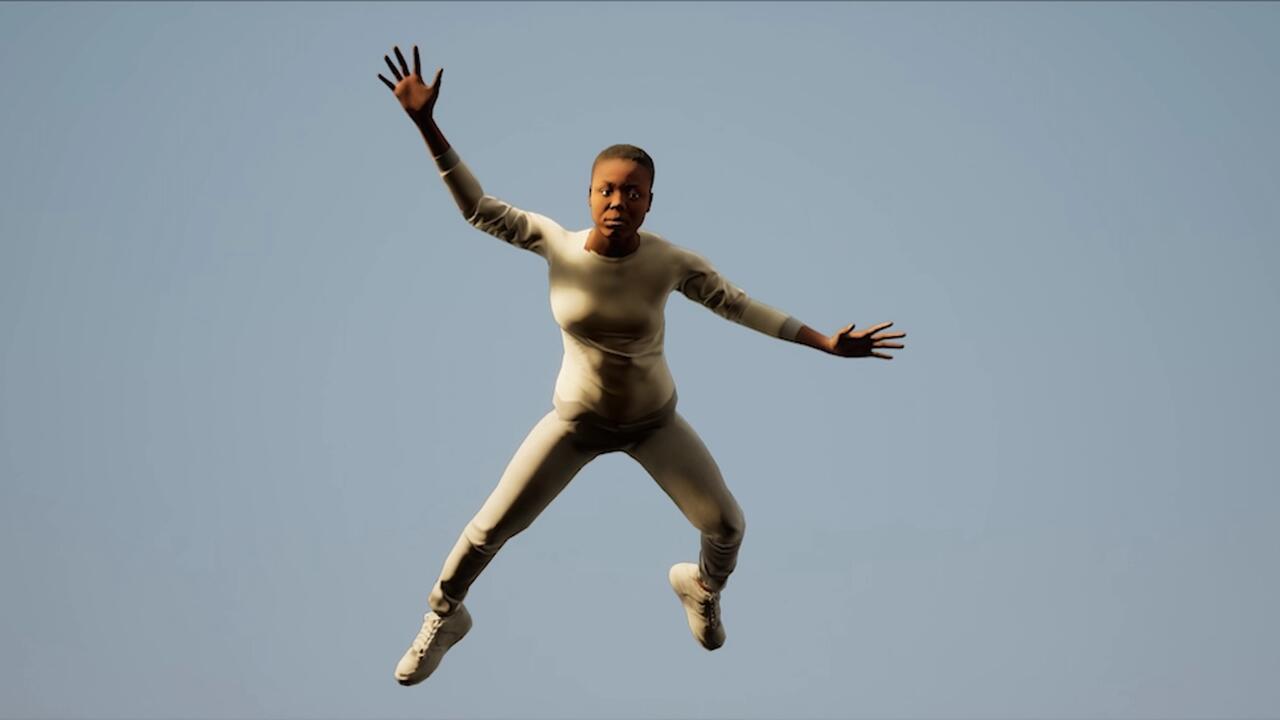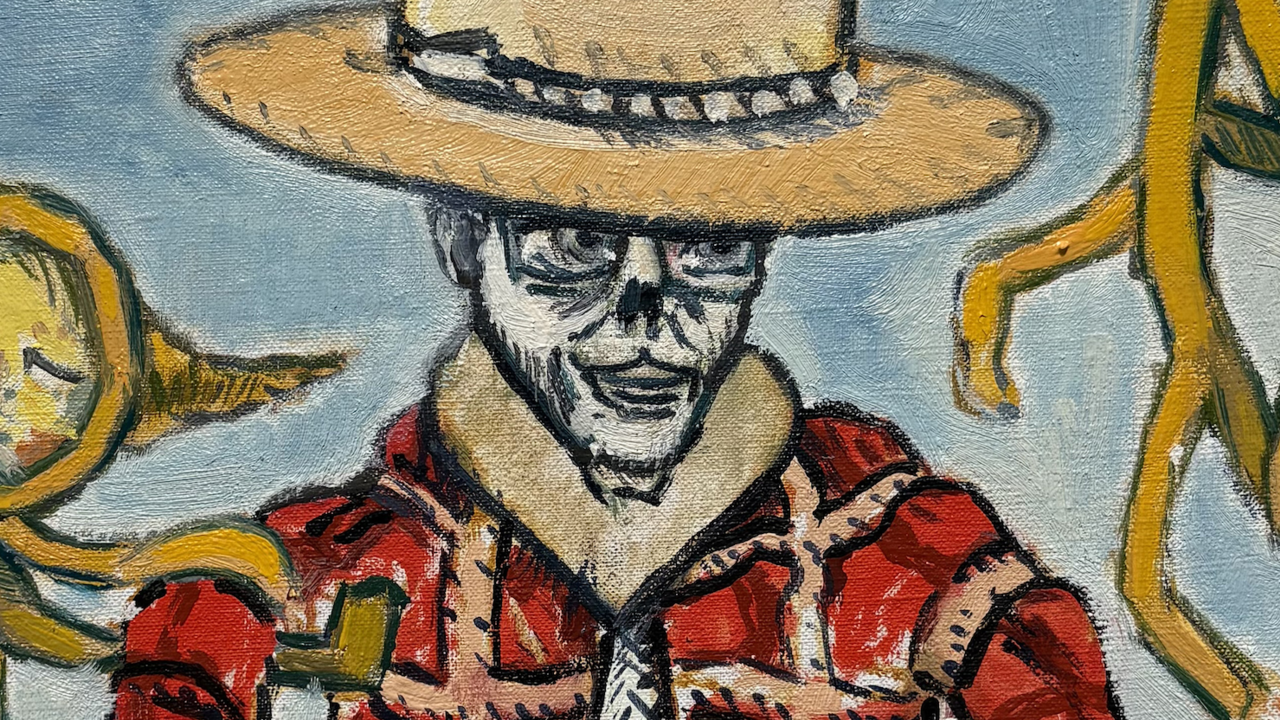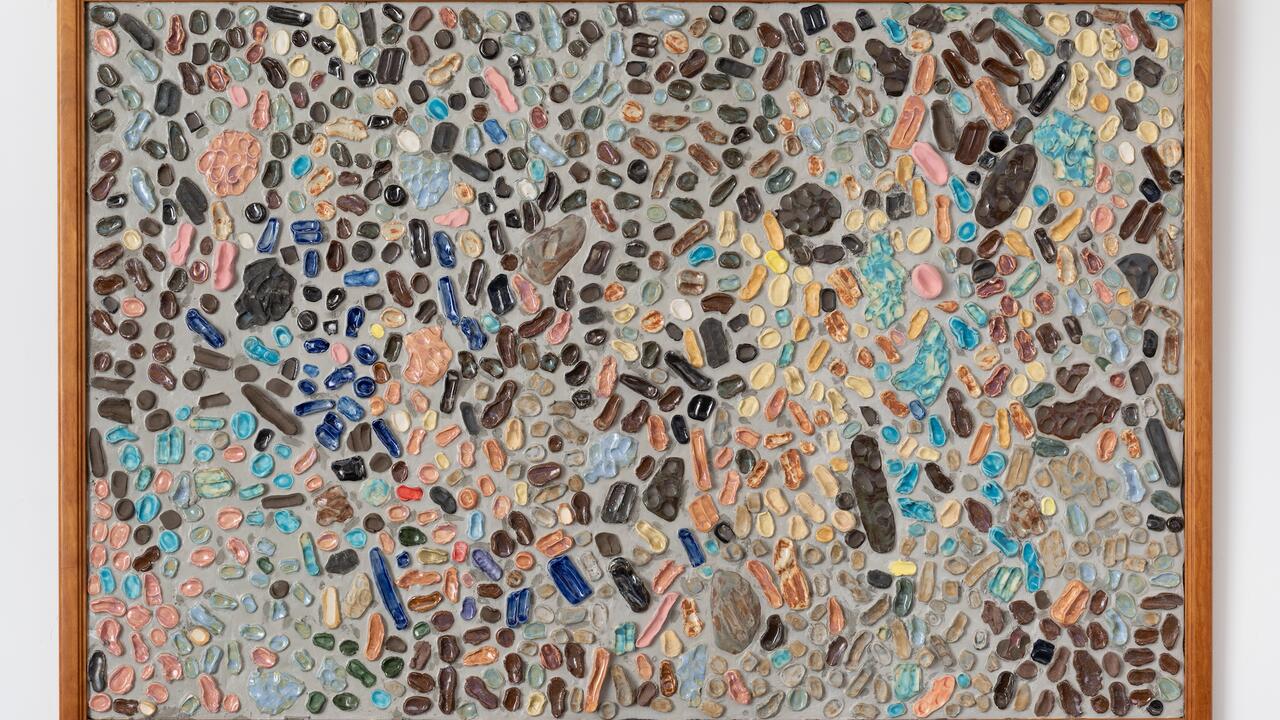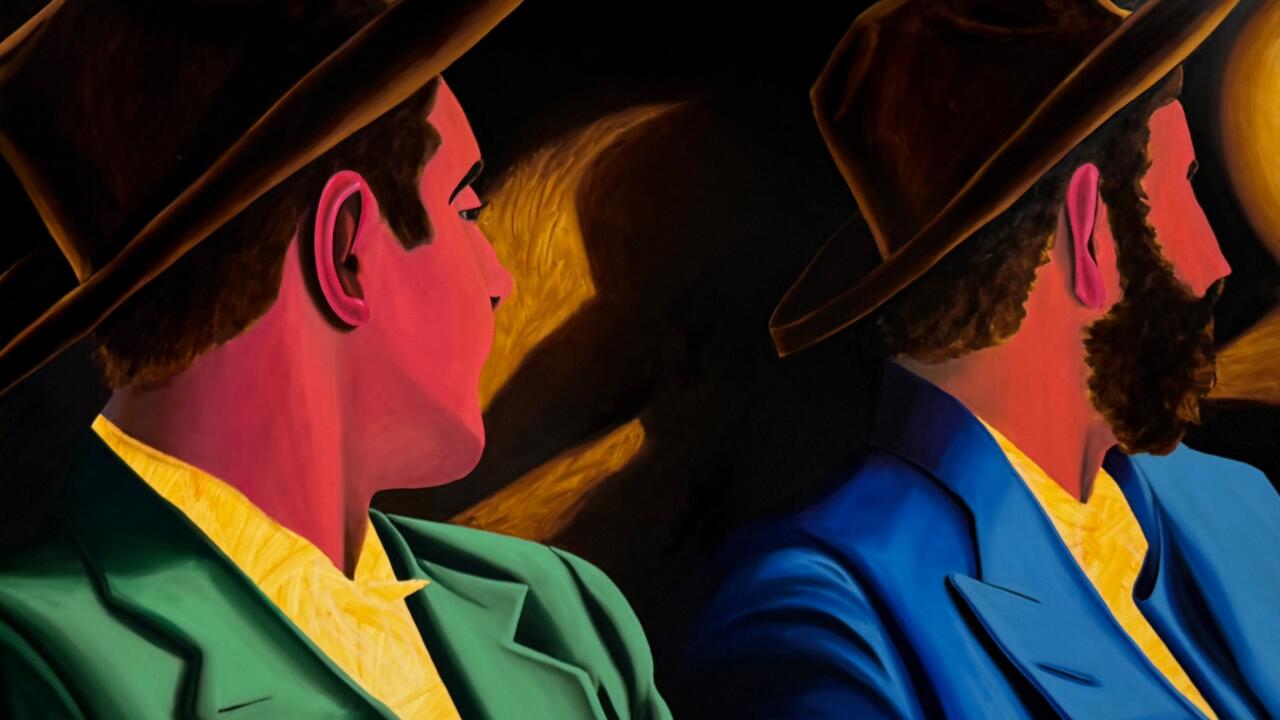Walid al Damirji Stitches in Time
Dal Chodha talks to the designer of cult label By Walid about working with historic materials
Dal Chodha talks to the designer of cult label By Walid about working with historic materials

‘The world is becoming progressively untouchable, foggy and ghostly,’ writes philosopher Byung-Chul Han in his latest book, Non-things (2022), which considers the de-objectified sensibility of our new digital order. Smooth, wireless devices have changed the way we inhabit the earth: a physical book is suddenly a burden; a painting is a photograph. Mostly, we experience clothes, music and sculpture through flat, glossy layers of lambent pixels trapped under glass. Yet, affection for the artisanal prevails. And you’d be hard-pressed to find a more analogue, more sensual material realm than the two-floor west London studio occupied by the British-Iraqi designer Walid al Damirji. In his hands, early 19th-century ecclesiastical robes, Edwardian children’s linen smocks and Victorian silk taffeta – often destined for landfill – are spliced open, washed and pieced together to form ageless, unfamiliar relics. Damirji’s handcrafted machinations are poetic in purpose, yet punk in practice.
Dal Chodha We are sat here surrounded by piles of historical textiles and antique cloth that will soon be revived. How do you refine and sort through it all?
Walid Al Damirji I’ve always felt that, once you get to 50, your eye has travelled so much. At this point in my life, I am very much about editing. Everything is multi-layered and so my process – how I make clothes or objects or furniture – is the same. In terms of selecting the textiles I use, first and foremost it is about the quality and whether it can be saved.
DC A lot of the materials you buy are often damaged or soiled: it’s likely that you’re saving them from extinction.
WAD The historical aspect of each piece interests me immensely – the romance of its past. From a material point of view, the effort, the handwork that’s gone into something, intrigues me. I’m often rhapsodizing about something which is just an old, stained linen smock to most people! Sometimes, I can go on and on about some antique stitching. There’s just so much personality in a stitch.

DC Have you always been interested in history?
WAD Art history, revolutions, different periods of life. I get a bit obsessive and start digging into all the personalities involved. And I’ve always been intrigued by how history repeats itself. Honestly, if I could travel back in time, I’d go to Imperial Beijing’s Forbidden City with all those Empress Dowagers plotting and sub-plotting and God knows what else. All that decay, all that beauty.
DC What do you think you’ve learned from working with historical materials? Particularly – and perversely – within an industry that is fuelled by a thirst for newness.
WAD I think attitudes have changed a lot since I started working in upcycling. Now, everybody is aware of it and the big brands have had to sit up and address it, although they often do it in a very superficial way. I’ve stuck to this from day one. I’m working with things that are historical. They are one off and irreplaceable. Look at that Qing Dynasty Chinese robe! When I am through with it, it’s going to have a new life.
DC Do you have an emotional attachment to the textiles?
WAD I like to think that I give them a platform. A shredded piece of lavender silk embroidered with hummingbirds comes back to life after more than a century – it’s transformed into something a family will share for generations to come. But the resources are becoming finite. Chinese embroideries are really hard to come by now because the Chinese themselves have started buying them. A great deal was destroyed during the cultural revolution, with much of what remains preserved because it was made exclusively for the export market. I am buying these fabrics via America or Europe. Now they are going back to their origin.
DC You have garments from all eras on your shelves: a series of 1920s piano shawls; some Americana and vintage Amish pieces; old leather opera gloves. Has there ever been a textile that you were afraid to work with?
WAD I work with things that aren’t museum quality – they are distressed in some way or have marks on them so no one will wear them – which means I handle them differently. I’ve never bought something in immaculate condition: it’d be in a museum then, and I wouldn’t want to work with it. With some items, I need to wear a mask when I’m working because the 100-year-old dust that emanates when I unpick it could be very hazardous. I often wonder why no one’s taken me to task about slicing up these antiquities but, you know, Louise Bourgeois reworked so much, and she created beautiful artworks, so I have no guilt about it.

DC Your practice has evolved since you first made jackets in 2011 to include interior and furniture pieces as well as sculpture. You’re upholstering chairs, making screens and wall-hangings, and working on a series of fabric heads on wooden stands.
WAD I’m sort of artsy and craftsy. My hands are never still: I’m always making something. I love old things! I love distressed giltwood. I love stools, lampshades, low Victorian chairs. I was just looking at some off-cuts that I couldn’t use because they were too heavy for clothing and one thing led to another and I made some cushions. Then, I made some sculptures in the form of heads to express something I was going through and, suddenly, there was a demand for them. They’re limited editions – I don’t make more than 20 a year – because I don’t want to churn them out. People have asked me to make jewellery again, but I don’t want to do it anymore: it’s too time-consuming.
DC Coming into contact with one of your pieces is like travelling through time. Yet, on some level, you still have to organize what you do according to a specific season to meet the demands of the fashion industry.
WAD I hate it. I do five women’s collections a year and two for men. I sometimes feel it’s too much. What I’d love to do is just one collection a year, but that makes life difficult for the buyers. They have this need for novelty, novelty, novelty: novelty is just driving me insane!
DC How do you do novelty?
WAD I don’t, really. I do certain shapes, year in, year out. And it takes me forever to introduce a new one. At the beginning, the stores said I couldn’t just do one jacket and so I did two and a pair of trousers. I would have been happy just to do that one jacket over and over again. What I am working with – and making – is scarce. There’s a long narrative to these pieces. They re-tell many, many stories.
Main image: Walid al Damirji in his studio in London, August 2022. Photograph: Anton Gottlob










